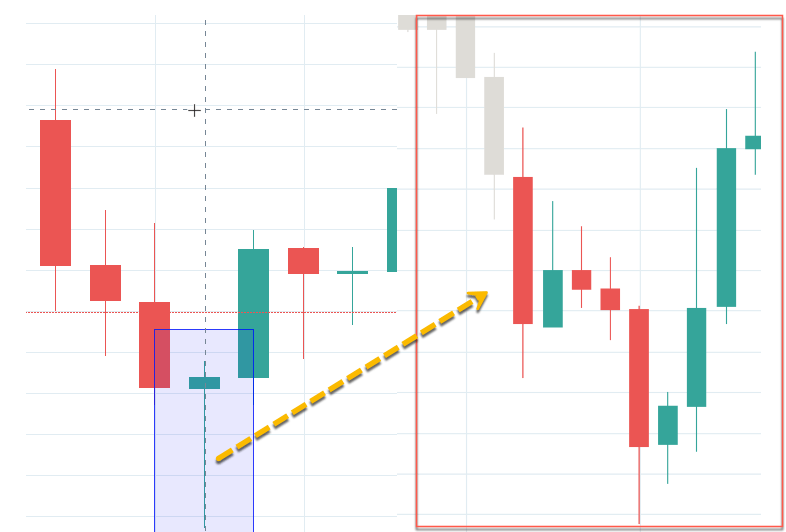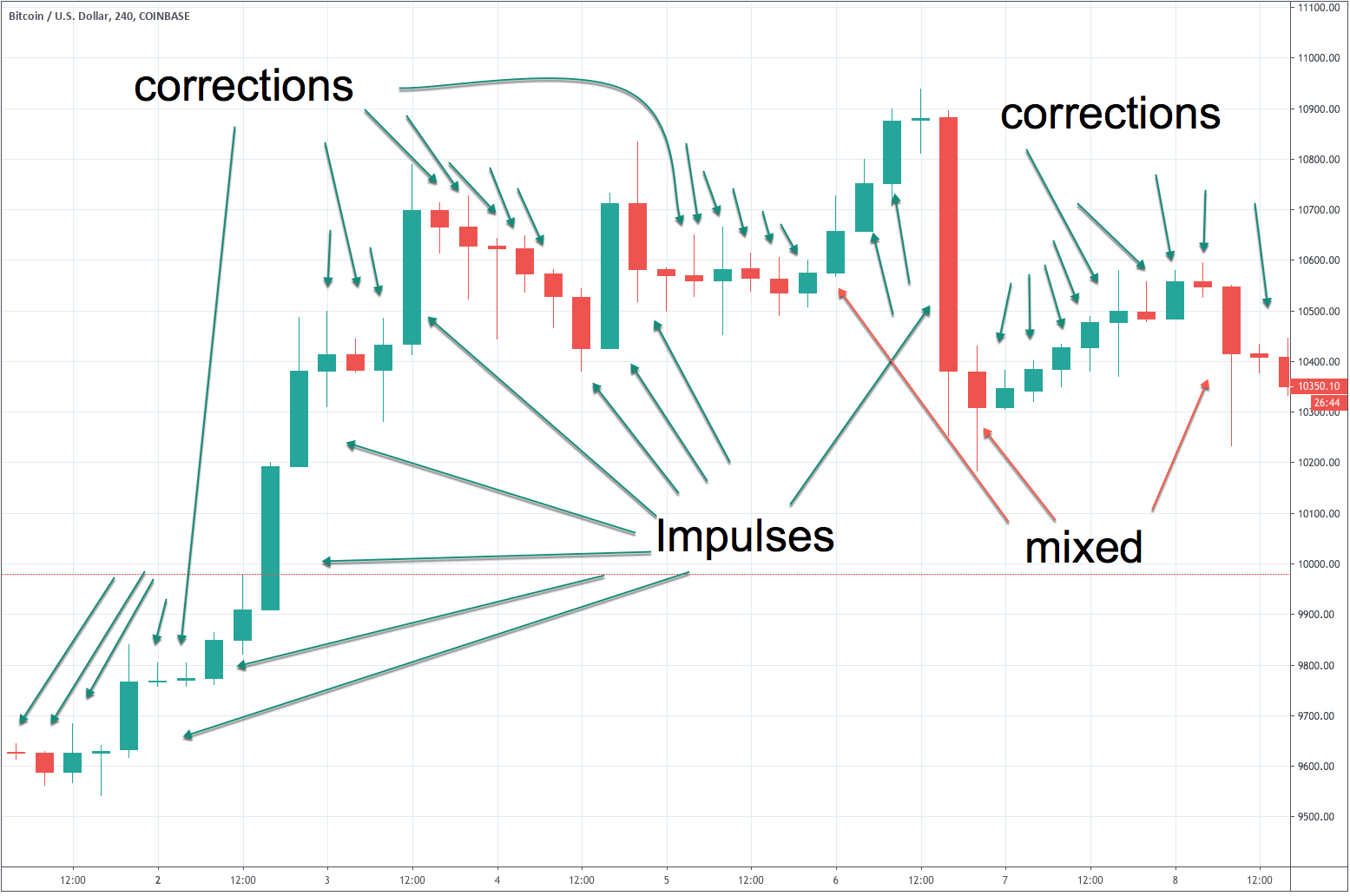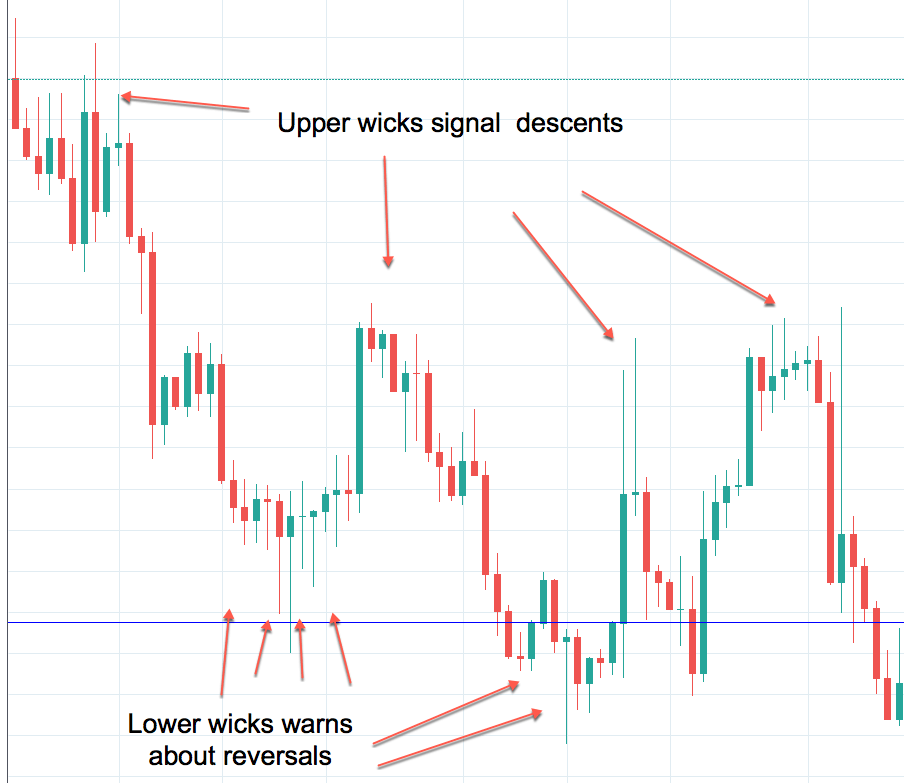Introduction
A decentralized exchange or DEX is referred to as a platform that eliminates the middlemen and allows traders to trade with each other directly. This direct approach allows traders to control their funds instead of giving them to exchange providers where trades are performed via smart contracts.
These exchanges are hosted on a collected ecosystem of distributed nodes. This not only reduces the hacking risk but also addresses the problem of downtime that limits the trading ability. These exchanges are designed to extend an open, transparent network that makes crypto trading accessible to all.
What Makes DEX Different from Centralized Exchanges?
A Centralized exchange is also an online platform where people can buy and sell digital currency, but they use a third-party to authenticate and execute the transactions. This needs the buyers and sellers to entrust their funds to exchanges and allow them to safely complete the transactions.
These exchanges are known to be easy to use and enable traders to buy digital currencies with cryptocurrencies or fiat. They offer a streamlined entry point to the market and cover the majority of cryptocurrency trading.
Benefits of DEX
Following are the reasons we should think about trading in decentralized exchanges:
Control
In centralized exchanges, traders do not tend to have full control over their funds, limiting the trading potentials. Recently, the event known as Proof of Keys was run by centralized exchanges to ensure that exchanges could generate more profits on deposits, the same way a bank works.
This limited the users’ rights to withdraw all their funds in a single day. The open nature of DEXs implies that our money remains in our control. Users get to withdraw their amount whenever they intend to.
Security
Centralized exchanges collect a massive amount of money from investors. This makes these exchanges the prime target of cybercriminals. Bitstamp and popular exchange based on Slovenia was hacked in 2015.
The hackers got access to the hot wallet and stole 19,000 Bitcoins, which was worth $5 million. And with the increasing number of trading in cryptocurrencies, centralized exchanges are becoming more vulnerable to hackers. Decentralized exchanges offer more security and, over the years, have become more common choices for crypto trading.
Privacy
Centralized exchanges are categorized as MSPs or Money Service Providers. This implies that users have to undergo certain anti-money laundering (AML) and Know-your-customer (KYC) processes. But people are often resistant to providing their personal information to third parties. This is because they end up having no control over what will happen to the data.
Decentralized exchanges, on the other hand, are not controlled by a central authority. Therefore, we do not need to register other than having a valid wallet address. Decentralized exchanges still remain a rather new concept in this ecosystem. But traders are rapidly comprehending its advantages over centralized exchanges.
Bottom line
Many new DEXs are coming in the market with better features, security options, and ease of use. When assessing these platforms, ensure to consider important factors such as security features, trading volume, currencies available, transaction fees, sign-up process, etc.





